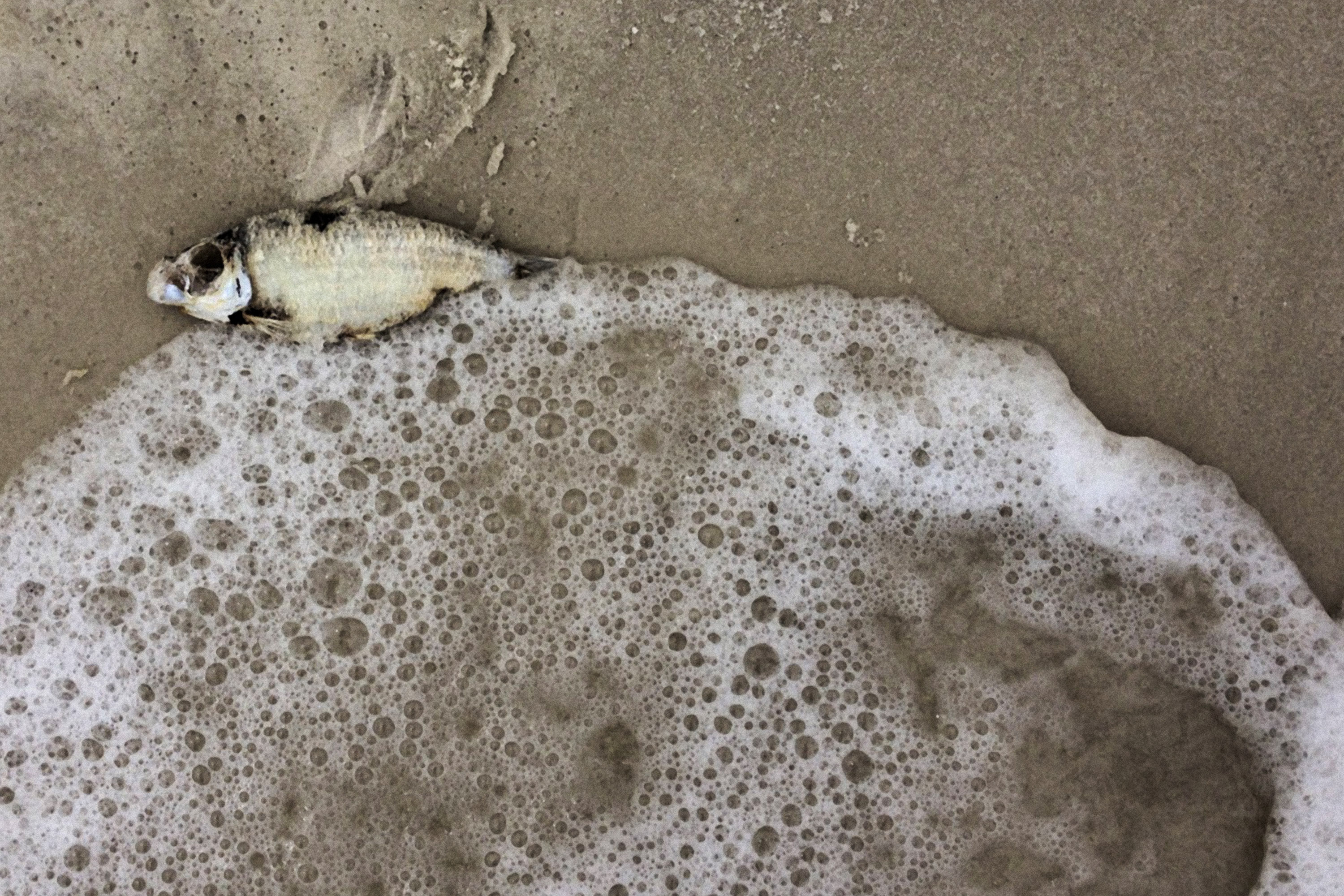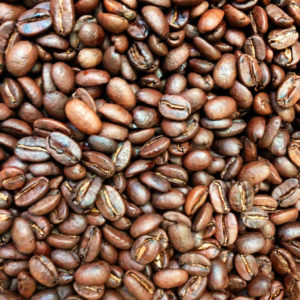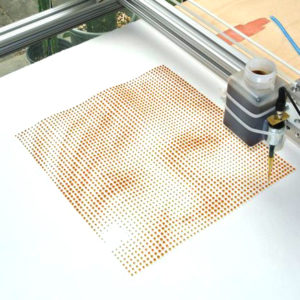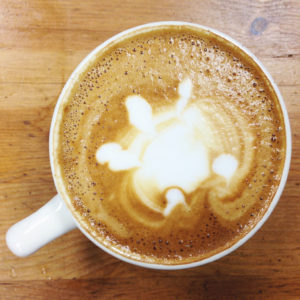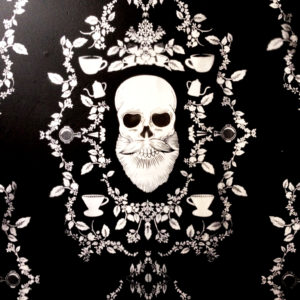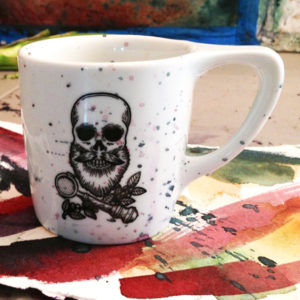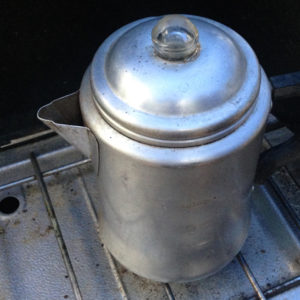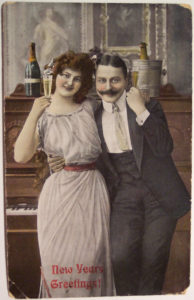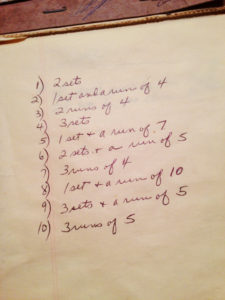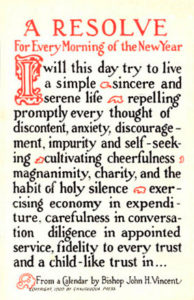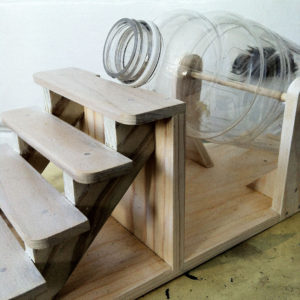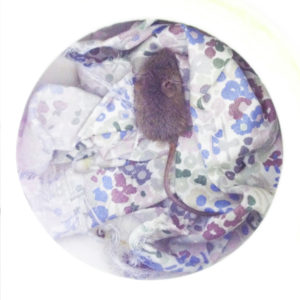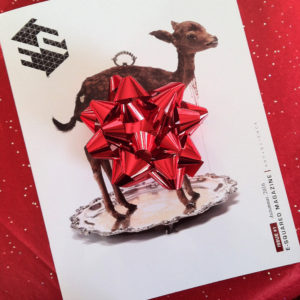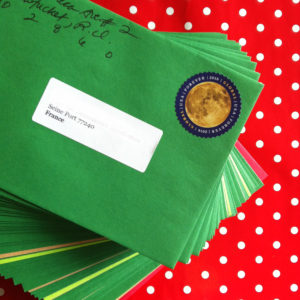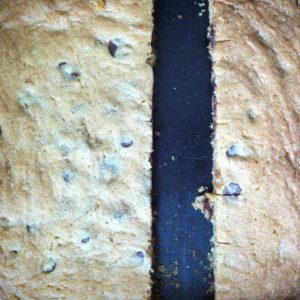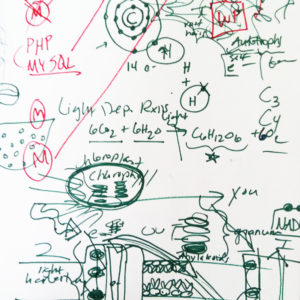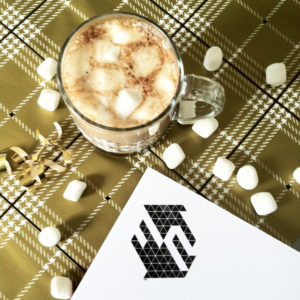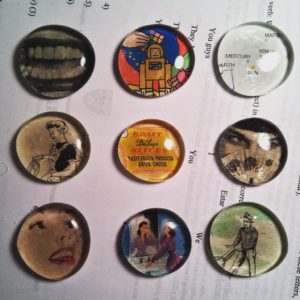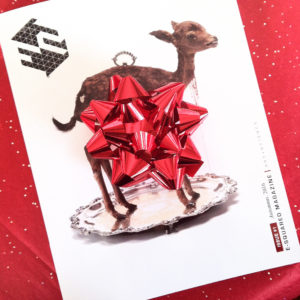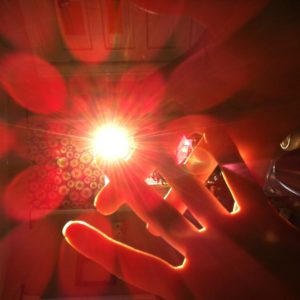I always say, “show me the data” and what that means is, if you plan to tell me something, you better have the evidence to back it up. – E. Dustman
I truly believe that every animal maneuvering this planet is entitled to their own set of beliefs. As a result, I usually remain fairly neutral in regards to topics of debate and leave my personal belief system out of the mix because let’s face it, it can get pretty messy out there. From time to time though I will offer my input if enough people inquire for me to share. So, I am inclined to do so and in sharing such, I realize the repercussions, but I accept them. Not everyone will support my personal view and I would never force them to. That being said, you can read on if you want…or, simply escape [now] if not.
I am a scientist. Even before I was a scientist, I was a very logical person. So it only makes sense that the ways of science came to be a really great fit for me. It is science that has come to form the core of my belief system. What you may not fully understand though is what science actually is.
Science is our attempt as intellectual beings to understand the natural world around us.
That means we created it. That means science is not perfect. That science it is subject to change and it is always changing. There’s sound science and junk science. There are scientists that conduct studies and present data as best as they can (as unbiased as possible) and there are also scientists that present invalid data to appear valid who are paid to do so by corporations. There’s always a bad guy in the mix, but the job of a good scientist is to understand something to the best of their abilities with the tools that they have at the time and present their results to the masses for conjecture. Once enough replications of an experiment are done and a similar conclusion is obtained, a hypothesis can turn into a pretty solid theory.
Let’s take a look for a moment at the highly regarded Aristotle (384–322 BC). Did he change the way we thought about the world? Absolutely. He also developed an idea called spontaneous generation. Unfamiliar with that term? Well, it basically means that life can arise from inanimate matter (abiogenesis). So, frogs are born from logs. Mice from sock piles. Fleas from dust. You get the idea. Does spontaneous generation sound bogus idea this day in age? YES. But it made sense at the time. In fact, it made sense for around 2000 years!! But, let’s please remember what I have stated here – scientists do the best they can to understand said topic with the tools they have at that time. Am I going to say it is absolutely false? NO.
As a scientist I never prove anything.
I only support or reject an idea based on my current knowledge at the time. There is ALWAYS the potential for an exception and I will not eliminate that as a possibility (i.e. the role of abiogenesis in the origins of life, protobionts, etc.). And, since I am always learning new things, my knowledge base is changing and therefore my ideologies are also subject to change.
Fast forward to modern day in the 21st century with all of our revolutionary advancements – think CRISPR-Cas9 – and how we have expanded our understanding of the world so much, but yet there is always so much more that we have to learn. Despite this grandiose information age and all of the fancy tools and technologies, we still don’t have all of the answers. I don’t know everything, but if you show me enough experiment replications and similar results over and over and over again lending to the same or similar conclusions, I am going to assess it to the best of my scientific abilities and draw my own conclusions.
Take a stab at it yourself, you don’t even have to be a scientist. If, for instance, you look at planet earth over its lifetime – ice cores, pollen cores, packrat midden burrows, fossil histories, etc. – you will see that earth has undergone periods of glacials and interglacials.
That means, the earth has undergone periods of climatic warming and periods of climatic cooling.
All of this scientific data and years of analyzation, this is where the term climate change is derived. As scientists, we know that we are currently in a period of warming…climatic warming. Is it natural? Yes. BUT we are accelerating this rate faster than ever before in the history of time as a result of industrialization, overpopulation, and the way that we currently live our lives in developed countries.
That is of concern. And, the rejection of such science is even more concerning.
Figure Credit: National Park Service
So, I have a question for you and it is quite simply this: For your science, are you going to believe in ideas of antiquity or those of progressive researchers?
With sincerest hopes looking towards the future,
Emily A. Dustman
Scientist + Artist
Founder / Editor-in-Chief
E-Squared Magazine
“It is quite proved that certain fishes come spontaneously into existence, not being derived from eggs or from copulation. Such fish as are neither oviparous nor viviparous arise all from one of two sources, from mud, or from sand and from decayed matter that rises thence as a scum; for instance, the so-called froth of the small fry comes out of sandy ground. – Aristotle
“We are in danger of destroying ourselves by our greed and stupidity. We cannot remain looking inwards at ourselves on a small and increasingly polluted and overcrowded planet.” – Stephen Hawking
“We cannot solve our problems with the same thinking we used when we created them.” – Einstein
